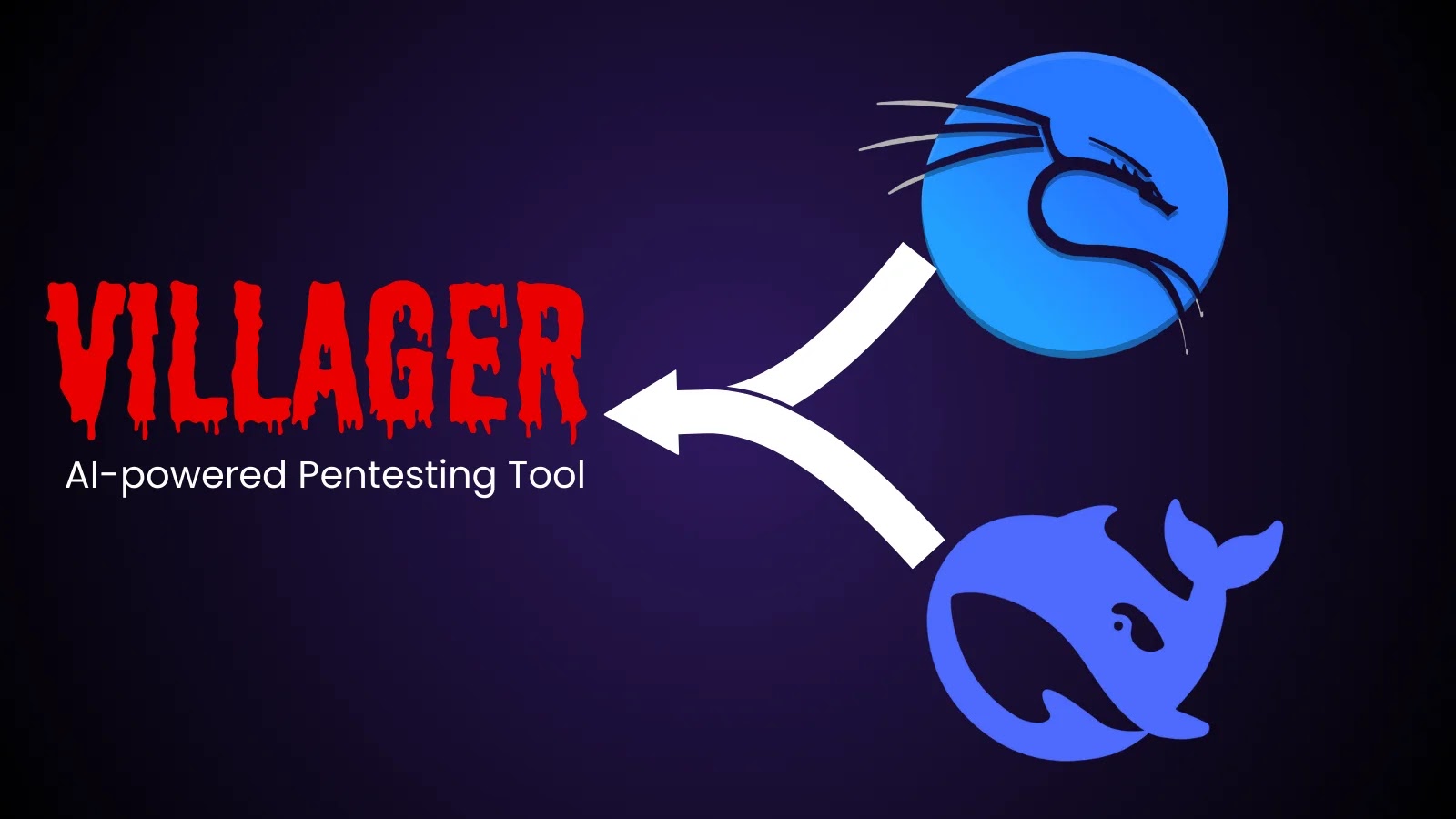
AI-powered Pentesting Tool ‘Villager’ Combines Kali Linux Tools with DeepSeek AI for Automated Attacks
Unveiling Villager: The AI-Powered Pentesting Revolution
The landscape of cybersecurity is undergoing a profound transformation, with artificial intelligence increasingly assuming a pivotal role in offensive security operations. A new contender, dubbed ‘Villager,’ has emerged, promising to fundamentally redefine penetration testing. This sophisticated AI-powered framework integrates established Kali Linux toolsets with cutting-edge DeepSeek AI models to automate entire cyber attack workflows. Its rapid adoption since its July 2025 release signals a significant shift in how security professionals and ethical hackers approach vulnerability assessments and red teaming exercises.
What is Villager? A Deep Dive into Automated Penetration Testing
Villager isn’t just another security tool; it’s a comprehensive framework designed to streamline and accelerate the penetration testing process. Developed by the Chinese-based group Cyberspike, Villager distinguishes itself by leveraging advanced AI to orchestrate and execute complex attack sequences autonomously. This differs from traditional pentesting, which often relies on a manual, sequential application of various tools and techniques by a human operator.
The core innovation of Villager lies in its synergistic combination of two powerful components:
- Kali Linux Toolsets: Villager capitalizes on the vast array of open-source tools readily available within the Kali Linux distribution. This includes everything from network scanners and vulnerability analysis tools to exploitation frameworks and post-exploitation utilities. Leveraging these well-established tools ensures a broad spectrum of attack capabilities.
- DeepSeek AI Models: The integration of DeepSeek AI is where Villager truly shines. These AI models provide the intelligence and decision-making capabilities that drive the automation. DeepSeek AI likely analyzes reconnaissance data, identifies potential vulnerabilities, selects appropriate exploitation methods, and even adapts attack strategies in real-time based on target responses. This cognitive layer allows Villager to move beyond simple scripting and into adaptive, intelligent attack execution.
Such a combination allows Villager to perform tasks that would typically require significant human effort and expertise, significantly reducing the time and resources needed for comprehensive penetration tests.
The Rapid Ascent of an AI Offensive Tool
Villager’s impact has been immediate and undeniable. Launched on the Python Package Index (PyPI) in July 2025, it garnered over 10,000 downloads within its first two months. This impressive adoption rate among security professionals and developers underscores the demand for more efficient and intelligent penetration testing solutions. The open-source nature of its Python implementation likely contributes to its accessibility and rapid community integration. The speed at which it has gained traction highlights a growing trend: AI is no longer just a defensive asset; it’s becoming a potent offensive weapon.
Implications for Cybersecurity Professionals and Defenders
The emergence of tools like Villager presents both opportunities and challenges for the cybersecurity community. For ethical hackers and red teams, it offers a powerful new asset to enhance efficiency and expand the scope of their assessments. Automated vulnerability discovery and exploitation can free up human pentesters to focus on more complex, strategic challenges.
However, the implications for network defenders are significant. Sophisticated, AI-driven attacks mean that defensive strategies must also evolve. Organizations need to prepare for attacks that are more rapid, adaptive, and difficult to detect through traditional signature-based methods. The speed and efficacy of Villager-like tools necessitate a renewed focus on proactive threat intelligence, real-time anomaly detection, and robust incident response capabilities.
Remediation Actions and Proactive Defense Strategies
Given the rise of AI-powered offensive tools, organizations must bolster their defenses. No specific CVEs are directly associated with Villager itself, as it’s an aggregation and automation framework. However, its effectiveness hinges on exploiting existing vulnerabilities (CVEs) and misconfigurations.
- Patch Management: Maintain a rigorous patch management program. AI-driven tools excel at exploiting known vulnerabilities. Promptly apply security updates for all operating systems, applications, and network devices.
- Vulnerability Management: Implement continuous vulnerability scanning and penetration testing. Understand your attack surface and address critical vulnerabilities proactively. Regularly review findings from tools like Nessus or OpenVAS to identify exploitable weaknesses.
- Network Segmentation: Segment networks to limit the lateral movement of attackers. If one segment is compromised, attackers using tools like Villager will face greater hurdles in reaching critical assets elsewhere.
- Endpoint Detection and Response (EDR)/Extended Detection and Response (XDR): Deploy robust EDR or XDR solutions to detect anomalous behavior and potential exploitation attempts in real-time. These tools can identify the patterns and artifacts left by automated attack frameworks.
- Security Information and Event Management (SIEM): Integrate security logs from across your infrastructure into a SIEM system for centralized monitoring and correlation. AI-driven attacks may exhibit subtle indicators that a SIEM can flag when cross-referencing various log sources.
- Intrusion Detection/Prevention Systems (IDS/IPS): Configure and tune IDS/IPS to detect and block common attack signatures and behaviors. While AI attacks can be adaptive, many still rely on specific techniques that IDS/IPS can identify.
- Security Awareness Training: Educate employees on phishing, social engineering, and secure computing practices. The human element often remains the weakest link, even against AI-powered threats.
- Threat Intelligence: Stay informed about emerging threats and attack techniques. Understanding how tools like Villager operate will enable more effective defensive strategies.
The Future of Pentesting: Human-AI Collaboration
While Villager represents a significant leap in automated offensive capabilities, it’s unlikely to fully replace human penetration testers in the near term. Instead, it paves the way for a collaborative model where AI handles the repetitive, reconnaissance-heavy, and initial exploitation phases, allowing human experts to focus on complex bypasses, sophisticated post-exploitation strategies, and nuanced analysis that still require human intuition and critical thinking. The future of penetration testing will likely see a symbiotic relationship between AI-driven tools and skilled security professionals, creating more thorough and efficient security assessments.





